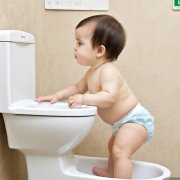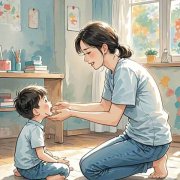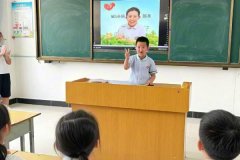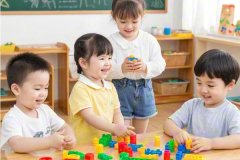Tips for effective potty training for toddlers
Tips for Effective Potty Training for Toddlers: A Stress-Free Guide for Parents
Potty training is a major milestone in your child’s development, and many parents feel both excitement and anxiety when it comes time to begin. Learning the best tips for effective potty training for toddlers can help make the process smoother, faster, and less stressful for both you and your little one.
This guide provides practical, evidence-based advice that reflects current parenting trends and expert insights—helping you approach potty training with confidence.
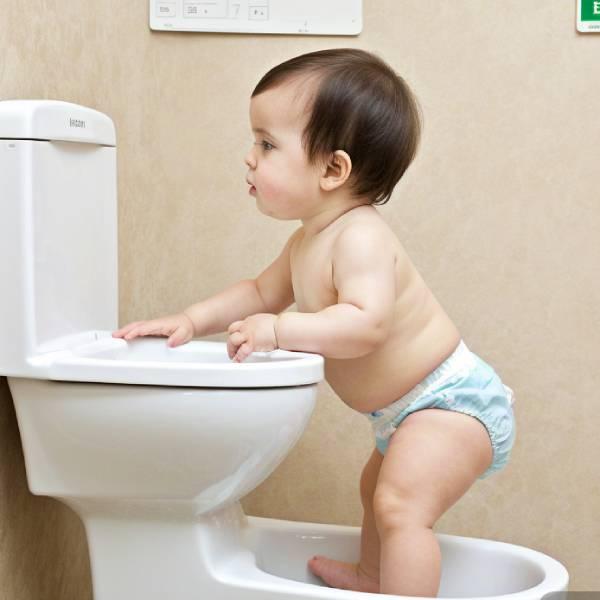
Why Potty Training Matters
Before diving into the tips for effective potty training for toddlers, it's important to understand why this stage is so significant. Potty training is about more than using the toilet—it represents independence, body awareness, and social readiness. Successful potty training boosts a toddler’s self-esteem and eases daily routines for families.
1. Look for Readiness Signs
One of the most important tips for effective potty training for toddlers is waiting until your child shows physical, emotional, and developmental readiness. Common signs include:
-
Staying dry for at least 2 hours
-
Showing interest in adult bathroom habits
-
Communicating when they need to go
-
Disliking dirty diapers
Pushing a child before they’re ready can delay progress and cause resistance.
2. Create a Consistent Routine
When it comes to tips for effective potty training for toddlers, consistency is key. Take your child to the potty at predictable times, such as:
-
After waking up
-
Before naps and bedtime
-
After meals
-
Every 2–3 hours during the day
Consistency builds confidence and helps establish a habit.
3. Make It Fun and Positive
Another essential in the list of tips for effective potty training for toddlers is making the experience enjoyable. Use praise, reward charts, or special books and toys that are only available during potty time. Avoid punishment or pressure—positive reinforcement yields better long-term results.
4. Dress for Success
Clothing can either help or hinder training. One of the overlooked tips for effective potty training for toddlers is dressing your child in clothes that are easy to remove. Elastic waistbands, potty-friendly training pants, and avoiding buttons or zippers can reduce accidents and build independence.
5. Involve Your Toddler
Empower your child by letting them flush, pick their own potty seat, or choose fun underwear. Involving them fosters cooperation and makes potty training feel like an exciting adventure. Among the tips for effective potty training for toddlers, encouraging participation is one that works wonders.
6. Handle Setbacks Calmly
Setbacks are a normal part of the process. One of the most compassionate tips for effective potty training for toddlers is staying calm during accidents. Reassure your child, clean up together, and try again without shame or disappointment.
7. Nighttime Potty Training Takes Time
Don’t expect overnight success—literally. One of the often-misunderstood tips for effective potty training for toddlers is knowing that nighttime dryness may take months or even years after daytime control. Use overnight training pants and limit fluids before bed to reduce the chance of accidents.
8. Be Patient and Celebrate Progress
Every child learns at their own pace. One of the golden tips for effective potty training for toddlers is patience. Celebrate small victories and avoid comparing your child’s progress to others.
Final Thoughts
Mastering tips for effective potty training for toddlers can make this important transition smoother for everyone involved. With readiness, consistency, and positive encouragement, your child can achieve potty independence with confidence.
Remember: the goal isn’t perfection—it’s progress.

